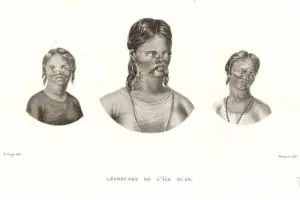
Lytico-Bodig on Guam
Long studied, now disappearing disease. Lytico-bodig is the local name for a complex of neurological diseases (or diseases that affect the nervous system) on Guam

Long studied, now disappearing disease. Lytico-bodig is the local name for a complex of neurological diseases (or diseases that affect the nervous system) on Guam
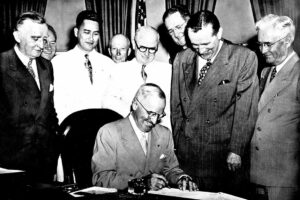
Granted Congressional US citizenship to the people of Guam. The Organic Act of Guam is federal legislation passed by the United States Congress and signed

When Guam was ceded to the United States after the Spanish-American War in 1898, the island fell under the administrative control of the US Navy.
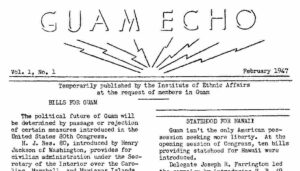
Early Guam newspapers. Two publications that emerged during the US Naval Administration of Guam (1898-1941) were the Guam Eagle and the Guam Echo. The Guam
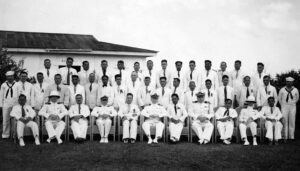
The United States began its colonial administration of Guam in 1898. Today, Guam remains a colony of the US as an unincorporated territory. Because of
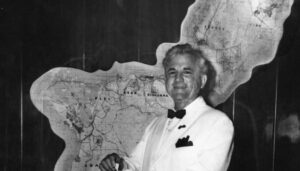
Navy controlled entry and departure from Guam. August 21, 2012 marked the 50th anniversary of an unsung milestone in Guam’s post-World War II development. On

Carlton Skinner (1913-2004) was the governor of Guam at a historical crossroad. It was a time when civilian rule and American citizenship was finally granted
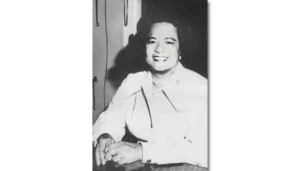
Concepcion Cruz Barrett (1915-1993), known as “Chong,” was the Chalan Pago-Ordot representative to the Guam Congress before the Organic Act of Guam was adopted by
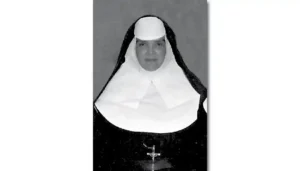
Mary Essie Underwood (1906-1998), also known as Sister Mary Inez, was one of the first three Sisters of Mercy from North Carolina who came to
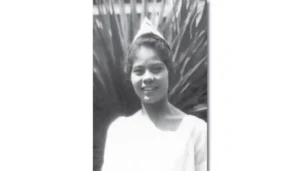
Amanda Pangelinan Guzman Shelton (1906-1982) was one of a handful of native Chamorro nurses who worked at the Naval Hospital in Hagåtña in the early